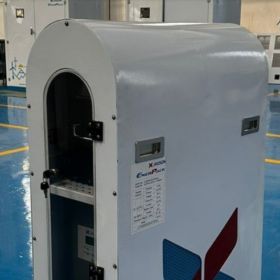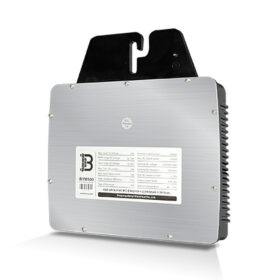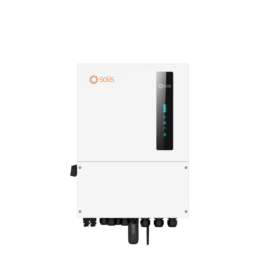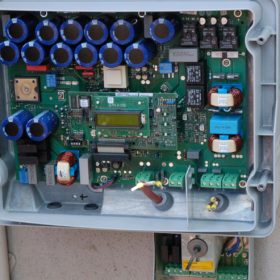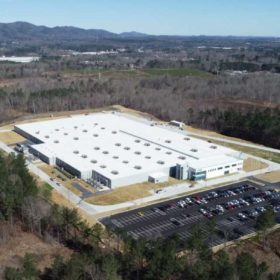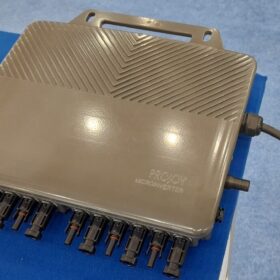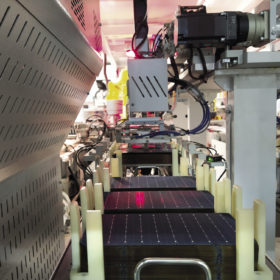Plug and play PV promises savings
China’s DAH Solar has added a specially designed microinverter to its Full-screen module, making the ‘SolarUnit’ a formidable offering for the rooftop PV segment. DAH Solar President Shenheng Xie took pv magazine through some of the system’s key features and the advantages they promise once installed.
Jakson unveils lithium battery inverter for residential applications
India’s Jakson says its new lithium battery inverter offering consists of a 3 kW battery energy storage system with a 3 kW hybrid inverter and a 4.8 kWh, 48V lithium-ion battery module. It can be expanded to megawatt scale, depending on power backup requirements.
Clementy Group terminates €95 million proposal to invest in Fimer
Clementy Group – a UK-based investment firm – has decided to scrap its plans to invest €95 million ($104.5 million) in Fimer, as the Italian inverter maker’s shareholders have reportedly failed to issue shares that were needed for the investment. Fimer originally filed for creditor protection in February 2022.
Beny Electric presents 600 W microinverter for balcony solar modules
Beny Electric’s new 600 W microinverters are designed for balcony solar modules, with a 96.5% efficiency rating and a European efficiency of 96%. They are available in three versions, with outputs of 500 W, 550 W, and 600 W.
Solis unveils hybrid inverters for rooftop applications
Solis has released a new line of hybrid inverters in five different power output versions, ranging from 3 kW to 8 kW. The hybrid inverters can be used with either lithium-ion or lead-acid batteries, with a maximum charging and discharging current of 190 A.
SMA Solar begins work on 20 GW inverter factory in Germany
SMA says its total inverter capacity will double to 40 GW once its new factory is fully operational in Niestetal, Germany.
UL Solutions, NREL set cybersecurity standards for distributed energy, inverters
UL 2941 provides testable requirements for energy storage and generation technologies on the distribution grid. The new cybersecurity protocol provides a framework for PV inverters, electric-vehicle chargers, wind turbines, fuel cells, and other distributed resources.
Inflation Reduction Act triggered plans for 46 factories, says industry group
Since the passage of the US Inflation Reduction Act (IRA) last August, the utility-scale clean power sector has announced $150 billion in funding, 46 new manufacturing facilities, and nearly 20,000 new jobs, according to the American Clean Power Association.
Projoy unveils microinverter to link up to 8 solar panels
Chinese manufacturer Projoy is selling a new microinverter with maximum power point tracking (MPPT) and power outputs ranging from 2.2 kW to 3 kW. The smallest version can can connect between four and eight solar panels, while the largest can link seven to eight modules.
India’s solar module manufacturing capacity could hit 110 GW by 2026
India could become the world’s second-largest solar manufacturer by 2026. It will also have a notable presence in all upstream components of PV production, such as cells, ingots/wafers, and polysilicon, according to a new report.

